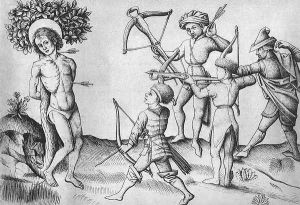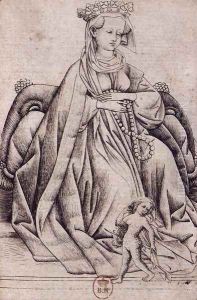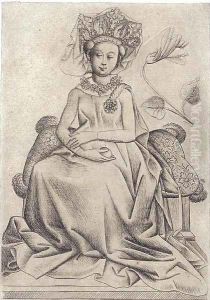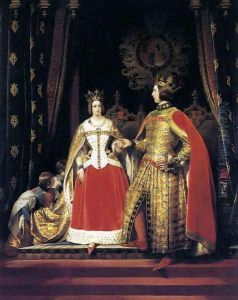Master of the Playing Cards Paintings
The Master of the Playing Cards is the notional name given to an anonymous engraver, presumed to be German, active in the mid-15th century, around 1435 to 1455. This artist is considered the earliest known master in the history of printmaking, specifically in the technique of engraving. The moniker 'Master of the Playing Cards' derives from his most notable work, a series of playing cards, which are among the earliest known European engravings. These works are distinguished by their intricate detail, delicate lines, and the innovative use of the engraving technique, which was then in its infancy. The series comprises over 100 unique images, featuring a range of subjects from birds and plants to scenes of courtly life, all rendered with a remarkable sense of texture and depth.
The Master of the Playing Cards' work is significant not only for its artistic merit but also for its historical importance in the development of printmaking in Europe. His engravings demonstrate a sophisticated understanding of the medium, showcasing techniques that would influence subsequent generations of artists. Despite the anonymity of the artist, stylistic analysis of the cards suggests a background in goldsmithing, a common profession for early engravers due to their expertise in working with fine tools on metal surfaces.
Unfortunately, much about the Master of the Playing Cards remains a mystery, including his precise identity, training, and the extent of his oeuvre beyond the playing cards. He is believed to have been active in the Rhine region, possibly in the area that is now southwestern Germany. No documents have been conclusively linked to him, and his influence is primarily gauged through the stylistic impact of his works on the artists of the late 15th and early 16th centuries. Despite the lack of personal information, the Master of the Playing Cards is a pivotal figure in the history of art, marking the dawn of a new era in printmaking and visual culture in Europe.



